Introduction
Living in an apartment can be a cozy experience. Yet, it poses unique challenges for dog owners. Choosing the right breed is essential for small spaces. Factors like size, temperament, and energy level matter greatly. Finding a suitable dog ensures happiness for both you and your pet.
Speaking of comfort, every dog deserves a comfy place to rest their paws. Consider investing in a Dog Bed that fits your pup’s size and sleeping style. Trust me, a well-rested dog is a happy dog—and a happy dog means a happy owner!

Summary and Overview
Owning a dog in an apartment has its hurdles. Limited space can restrict a dog’s freedom to roam. However, having a dog brings companionship and emotional support. Dogs can enrich your life, even in small living areas. In this article, we’ll discuss important factors to consider. You’ll also find a list of breeds that fit apartment life well.
Understanding Apartment Living with Dogs
Importance of Choosing the Right Breed
Choosing the right breed for apartment life holds great importance. Larger dogs may struggle in confined spaces. High-energy breeds often need more room to run. This can lead to restlessness and destructive behavior. Smaller dog breeds typically thrive in limited areas. Low-energy dogs are also excellent for apartments. Their calm demeanor makes them adaptable pets. Always consider your lifestyle before selecting a breed. Think about how much time you can devote to exercise and playtime.
And speaking of playtime, having a variety of toys can keep your pup entertained and mentally stimulated. A Dog Toys Variety Pack is perfect for keeping your furry friend engaged and happy. A bored dog is a mischievous dog, and we don’t want that, do we?

Key Factors to Consider When Choosing a Dog
Space Requirements
Space limitations significantly influence breed selection. Smaller breeds often adapt better in confined areas. For instance, breeds like the Bichon Frise and French Bulldog excel in small living spaces. They require less room to feel comfortable. Larger breeds, while sometimes calm, may feel cramped. Always assess your apartment size and layout before choosing a dog. A pet-friendly apartment can make all the difference.
And while you’re figuring out space, don’t forget about proper training. Pet training pads can be a lifesaver for apartment dwellers. Check out these Pet Training Pads that make those indoor potty breaks a breeze!

Exercise and Energy Levels
Regular exercise is vital for all dogs, even in apartments. Dogs need physical activity to stay healthy and happy. Daily walks help prevent boredom and destructive behavior. Low-energy breeds are perfect for apartment living. They don’t require extensive exercise and adapt well to small spaces. Breeds like the Bichon Frise, French Bulldog, and Cavalier King Charles Spaniel thrive with moderate activity. A simple routine of short walks and playtime will keep them satisfied. Consider setting up a regular exercise schedule to ensure your furry friend stays fit and content.
Imagine going for those daily walks with a stylish Dog Leash and Collar Set. Not only does it keep your pup secure, but it also makes you look good too! Plus, you can show off your dog’s personality with cute designs!
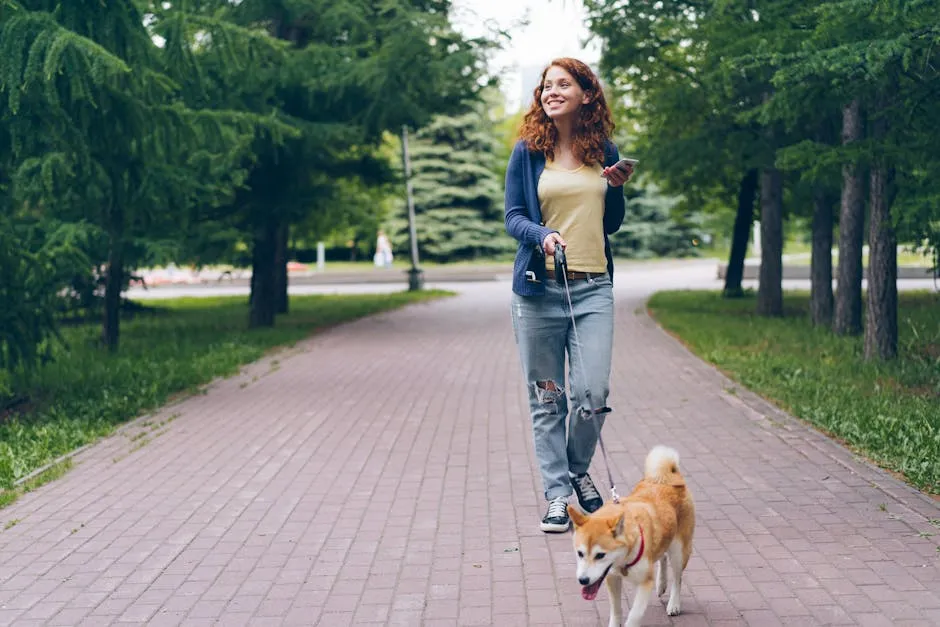
Temperament and Behavior
A dog’s temperament is crucial when living in an apartment. You want a pet that is calm and friendly, especially in close quarters. Breeds known for their sociable nature include the Shih Tzu, Pug, and Boston Terrier. These dogs are typically easygoing and enjoy being around people. A friendly dog can help create a positive atmosphere in your living space. When choosing a breed, think about how their personality fits your lifestyle. A calm pet will make apartment living much more enjoyable for both of you.
To keep that friendly demeanor in check, consider using a Dog Training Clicker for effective training. It’s a great way to reinforce good behavior and make training sessions fun!
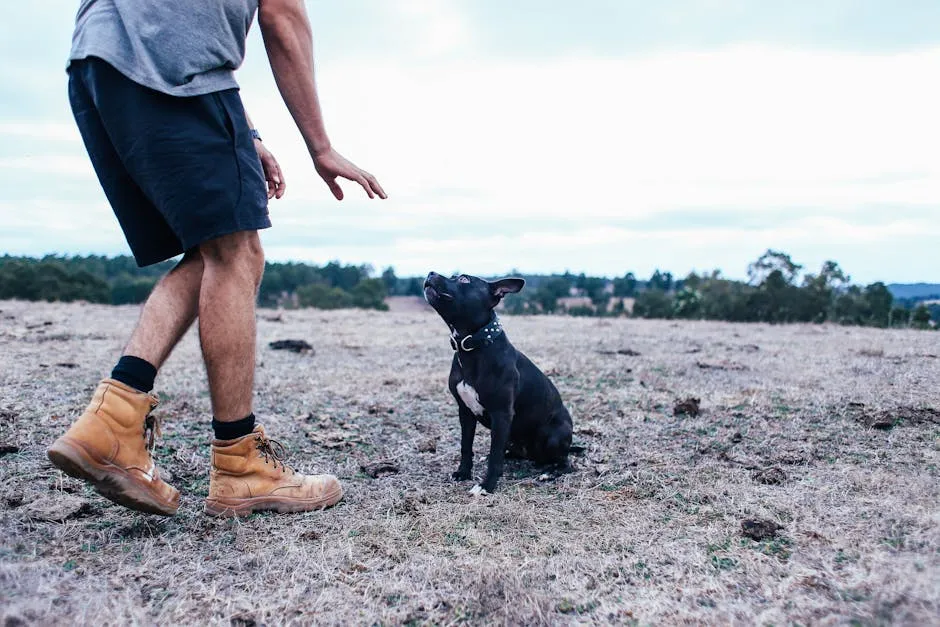
Noise Levels and Barking
Barking can be a significant concern in an apartment. Excessive noise may disturb neighbors and create tension. Choosing a quiet dog breed can help minimize this issue. Breeds such as the Basenji, Bichon Frise, and Shih Tzu are known for their low barking tendencies. These noise-sensitive dogs adapt well to apartment life. To further reduce barking, consider training techniques like positive reinforcement. Teaching your dog to respond calmly to stimuli will also help maintain a peaceful environment.
Medium Dog Breeds
If you’re considering a medium-sized dog for your apartment, you’re in luck! Many breeds adapt well to small living spaces while providing companionship and joy. Here are a few medium dog breeds that thrive in apartment settings:
-
Beagle
- Size and Weight: 20-30 pounds, 13-15 inches tall.
- Energy Level: Moderate. Beagles enjoy playtime and walks but are also content to lounge.
- Temperament: Friendly and curious. They love being around people and make great family pets.
- Grooming Needs: Low. Regular brushing helps minimize shedding.
-
Bulldog
- Size and Weight: 40-50 pounds, 14-15 inches tall.
- Energy Level: Low. Bulldogs prefer short walks and are happy to relax indoors.
- Temperament: Gentle and affectionate. Bulldogs are known for their loyalty and companionship.
- Grooming Needs: Minimal. However, clean their facial folds regularly to prevent irritation.
-
Shiba Inu
- Size and Weight: 17-23 pounds, 13.5-16.5 inches tall.
- Energy Level: Moderate. Shiba Inus need daily walks and enjoy playtime.
- Temperament: Independent yet loyal. They can be reserved with strangers but bond closely with their families.
- Grooming Needs: Moderate. Regular brushing is needed, especially during shedding season.
-
American Eskimo Dog
- Size and Weight: 25-35 pounds, 15-19 inches tall.
- Energy Level: Moderate to high. They enjoy regular exercise and mental stimulation.
- Temperament: Friendly and alert. Eskimo Dogs are great watchdogs and enjoy being part of family activities.
- Grooming Needs: Moderate. Their thick coat requires regular brushing to prevent matting.
These medium-sized dogs are excellent choices for apartment living. They provide joy and companionship without needing extensive space to thrive. For more information on the beagle dog, check out this guide.
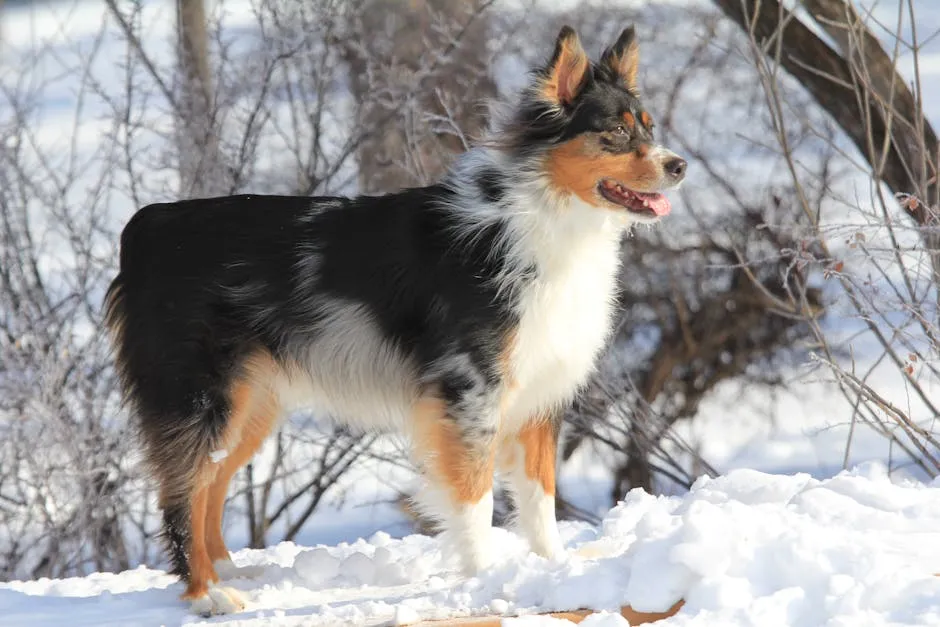
Understanding the unique traits of different breeds can help you choose the best fit for your apartment lifestyle. Best hypoallergenic dog breeds for allergy sufferers
Large Dog Breeds
Contrary to popular belief, some large dog breeds can adapt well to apartment life. The key is to choose low-energy breeds that enjoy lounging around. Here are a couple of large dogs that could be a perfect fit for your apartment:
-
Greyhound
- Size and Weight: 60-70 pounds, 24-30 inches tall.
- Energy Level: Low. Despite their racing background, Greyhounds are couch potatoes and enjoy napping.
- Temperament: Gentle and affectionate. They bond well with families and are known for their calm demeanor.
- Grooming Needs: Minimal. Their short coat requires little maintenance.
-
Bernese Mountain Dog
- Size and Weight: 70-115 pounds, 23-28 inches tall.
- Energy Level: Low to moderate. They enjoy short walks and playtime but are also content to relax at home.
- Temperament: Friendly and loyal. Bernese are great with children and make excellent family pets.
- Grooming Needs: Moderate. Regular brushing is needed to manage shedding, especially during seasonal changes.
These gentle giants can thrive in apartments as long as you provide them with regular walks and love. Their calm nature makes them suitable companions in smaller living spaces. Learn more about the bernese mountain dog to see if they fit your lifestyle.
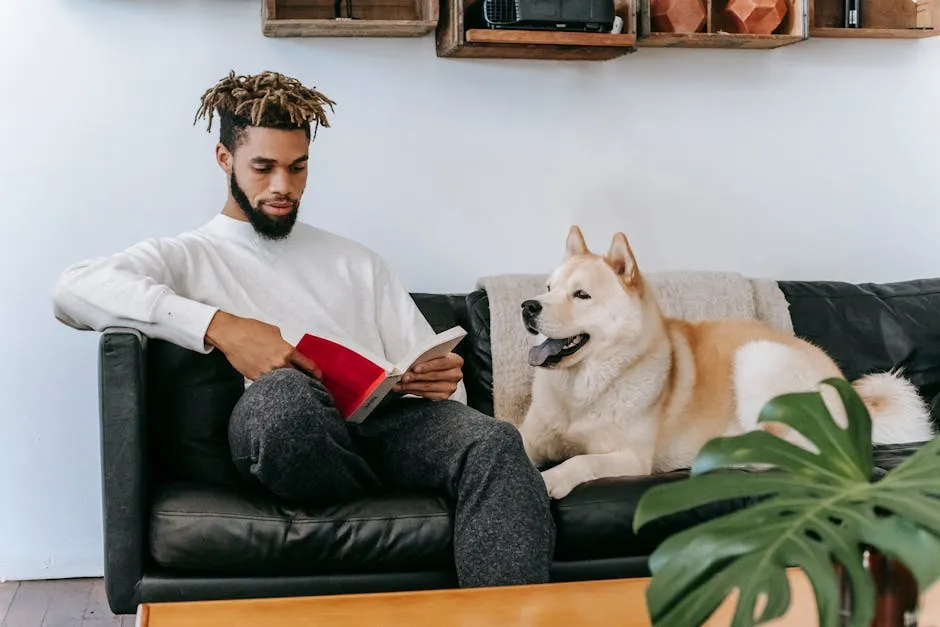
Understanding large dog breeds and their needs can help you make informed decisions about apartment living with them. Greyhound dog is a great example of a large breed that can adapt well.
Tips for Keeping Dogs Happy in Apartments
Daily Routine and Exercise
Having a consistent daily routine is vital for your dog’s happiness. Regular exercise keeps them physically fit and mentally stimulated. Aim for daily walks and play sessions to burn off energy. Activities like fetch or puzzle toys can keep your dog engaged indoors. Creating a routine helps your furry friend feel secure and happy.
Speaking of keeping your dog engaged, interactive toys are a must! An Interactive Dog Puzzle Toy can challenge your pup’s brain and keep them entertained for hours!
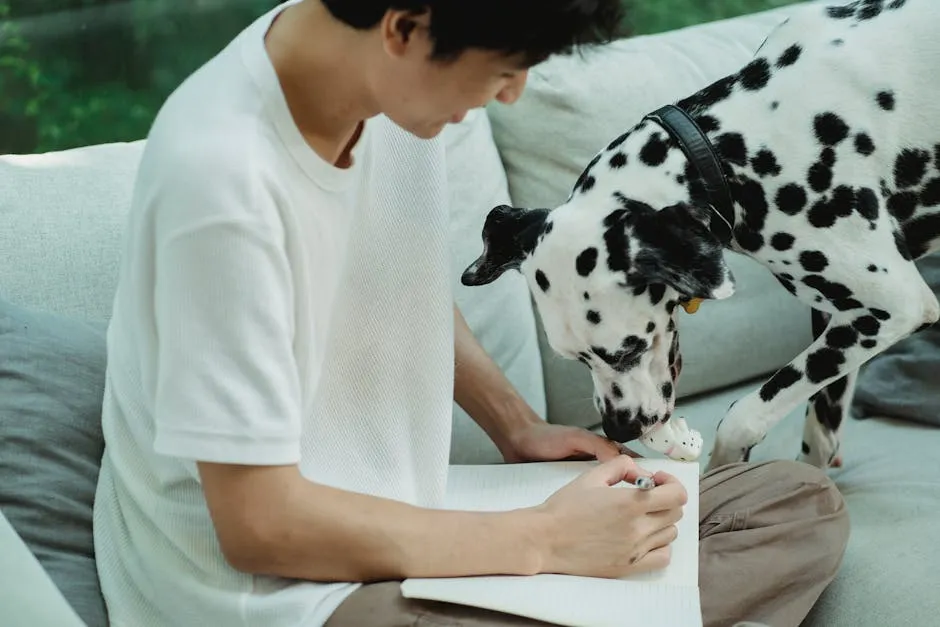
Socialization and Training
Socialization is crucial for dogs living in apartments. Exposing them to different people, pets, and environments helps them adjust better. Consider enrolling in training classes to reinforce good behavior. Positive reinforcement works wonders in teaching commands. A well-socialized and trained dog is more likely to thrive in an apartment setting. For more on training, check out effective training methods for rescue dogs with anxiety in the home environment.
And don’t forget to reward your furry friend with some tasty snacks! A Dog Treats Variety Pack is perfect for training and bonding time!
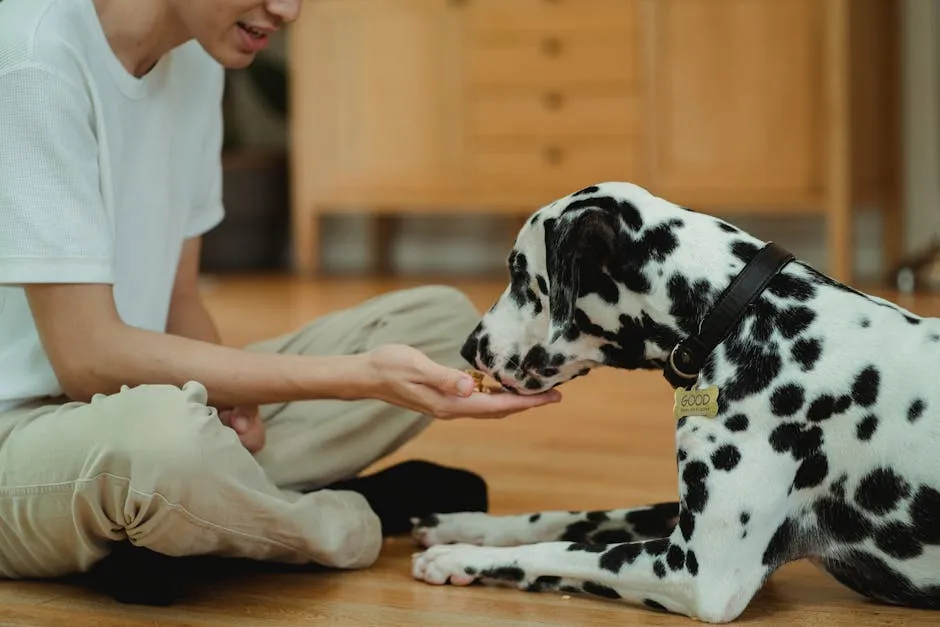
Creating a Dog-Friendly Environment
Making your apartment a welcoming space for your dog is essential. Start by designating a cozy spot for their bed. This gives your furry friend a safe space to relax. Use soft blankets and pillows to create a comfy area.
Next, set up a designated area for toys. This helps keep your space organized and lets your dog know where they can find their favorite items. Use storage bins or baskets to store toys neatly.
Don’t forget about safety! Remove any hazardous items within reach. Secure loose wires and keep harmful plants out of your dog’s reach. A dog-friendly home is not just about comfort; it’s also about ensuring their safety and happiness.
These small changes can contribute to a comfortable living environment, making both you and your dog feel right at home.

Conclusion
Choosing the right dog breed for apartment living is crucial. Consider your lifestyle, space, and personal preferences. Each dog has unique needs, and understanding them is key to a happy relationship. Remember, responsible ownership leads to a fulfilling life for both you and your pet.
FAQs
Can any breed live in an apartment?
Yes, many breeds adapt well to apartment life with proper care. Smaller breeds often fit better, but larger dogs can thrive too. Just ensure they get enough exercise and mental stimulation.
What are the best dogs for full-time workers living in apartments?
Consider breeds that tolerate alone time well. Dogs like the Greyhound or Bulldog are great choices. They are relatively low-energy and can handle being alone for a few hours.
How often should I exercise my apartment dog?
Regular exercise is essential for every dog, even those living in apartments. Ideally, you should aim for at least 30 minutes of exercise each day. This can include walks, playtime, or both! For smaller breeds, short walks may suffice. However, larger or more energetic dogs may need more. Consider incorporating a mix of indoor and outdoor activities. This helps keep your dog mentally stimulated and physically fit. Daily walks not only benefit your pup but also strengthen your bond. Remember, a tired dog is a happy dog!
Are there any dog breeds that are banned in apartments?
Yes, many apartment complexes have breed restrictions. Commonly banned breeds include Pit Bulls, Rottweilers, and Doberman Pinschers. These restrictions often stem from insurance policies or safety concerns. Always check with your landlord or property manager before adopting a dog. Some places may also have size limits. If you’re considering a specific breed, it’s best to verify their policies first. Understanding these rules can save you from future heartache when looking for a furry companion.
What are the best training methods for apartment dogs?
Positive reinforcement works wonders for training apartment dogs. Reward good behavior with treats or praise. This method encourages your dog to repeat the desired actions. Socialization is also key. Expose your dog to different environments, people, and other pets. This helps them adapt more easily to apartment life. Short, engaging training sessions are best. Keep them fun and varied to maintain your dog’s interest. With patience and consistency, your apartment dog can become a well-behaved companion.
Can I adopt a mixed breed dog for apartment living?
Absolutely, mixed breed dogs can thrive in apartments! Their suitability often depends on size and temperament. Many mixed breeds are calm and adaptable. Consider adopting from a shelter or rescue. They often have a variety of sizes and personalities to choose from. Look for a dog that matches your lifestyle. Ensure they are socialized and trained. With the right care, mixed breed dogs can be wonderful companions in apartment settings.
What should I do if my apartment dog barks excessively?
Excessive barking can be a concern, especially in apartments. First, identify the cause. Is your dog bored, anxious, or responding to outside noises? Training techniques can help manage barking. Teach your dog the “quiet” command using positive reinforcement. When they stop barking, reward them. Providing mental stimulation is also important. Interactive toys and regular exercise can keep them engaged. If barking continues, consider consulting a professional trainer. Addressing the issue early ensures a peaceful living environment for everyone.
Please let us know what you think about our content by leaving a comment down below!
Thank you for reading till here 🙂
All images from Pexels





